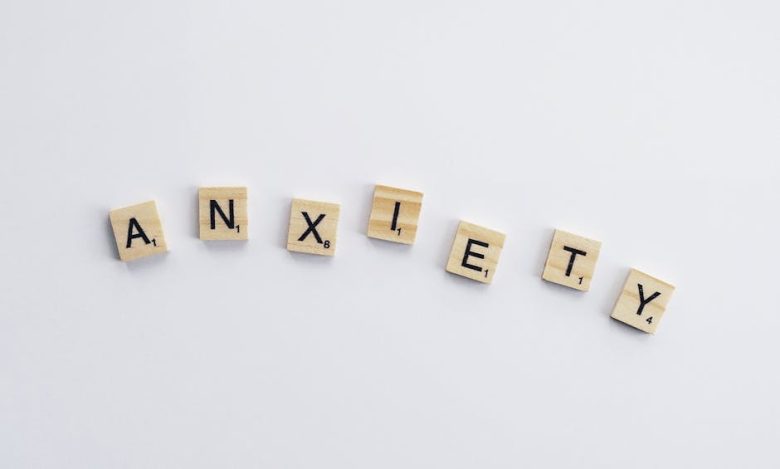In a world where a few taps on a screen can summon virtually anything we desire, the convenience of technology has transformed our daily lives. We can connect with friends, order food, and even attend virtual events without leaving our homes. However, as we embrace the ease of these digital interactions, we must confront an unsettling reality: the more convenient our lives become, the lonelier we may feel. The irony of technology is that while it has the power to connect us, it may simultaneously be driving us apart.
The COVID-19 pandemic has accelerated our reliance on technology, forcing us to adapt to a new normal that prioritizes virtual interactions over face-to-face connections. Video calls have replaced coffee dates, and social media platforms have become the primary means of staying in touch. While these tools have allowed us to maintain relationships during times of isolation, they also raise concerns about the quality of our connections. Are we truly connecting, or merely existing in a digital space that lacks the warmth of human interaction?
One of the most significant impacts of technology on our social lives is the decline of in-person interactions. Research shows that frequent face-to-face communication is essential for emotional well-being. It fosters a sense of belonging and strengthens our support networks. However, as we increasingly turn to screens for socialization, we risk losing the depth and richness of these real-life connections. The laughter shared over coffee can never truly be replicated through a chat window, and the subtle cues of body language are lost in text messages.
Moreover, the curated nature of social media can exacerbate feelings of loneliness and inadequacy. As we scroll through perfectly edited photos and highlight reels of others’ lives, we can easily fall into a trap of comparison. This digital façade can lead to feelings of isolation, even when we are surrounded by “friends” online. The pressure to present a flawless image can create a barrier to genuine connection, leaving many feeling more alone than ever.
Yet, amidst these challenges, there is hope. Many individuals and organizations are recognizing the importance of fostering real connections in our increasingly digital world. Initiatives that promote community engagement, mental health awareness, and digital detoxes are gaining traction. These movements encourage us to step away from our screens and seek out meaningful interactions, reminding us that while technology can be a valuable tool, it should never replace the human experience.
As we navigate this complex relationship with technology, we must strive for balance. Embracing the benefits of digital connectivity while prioritizing in-person relationships can lead to a more fulfilling social life. It is essential to recognize the signs of loneliness and take proactive steps to engage with those around us, whether through a simple phone call, a shared meal, or a walk in the park.
The hidden cost of convenience is a reality we cannot ignore. While technology offers unparalleled ease, we must remain vigilant about its impact on our emotional health and social connections. By actively seeking out genuine relationships and fostering community, we can combat the loneliness that often lurks behind the glowing screens. In this pursuit, we can reclaim the joy of connection and build a future where technology enhances rather than diminishes our human experience.



